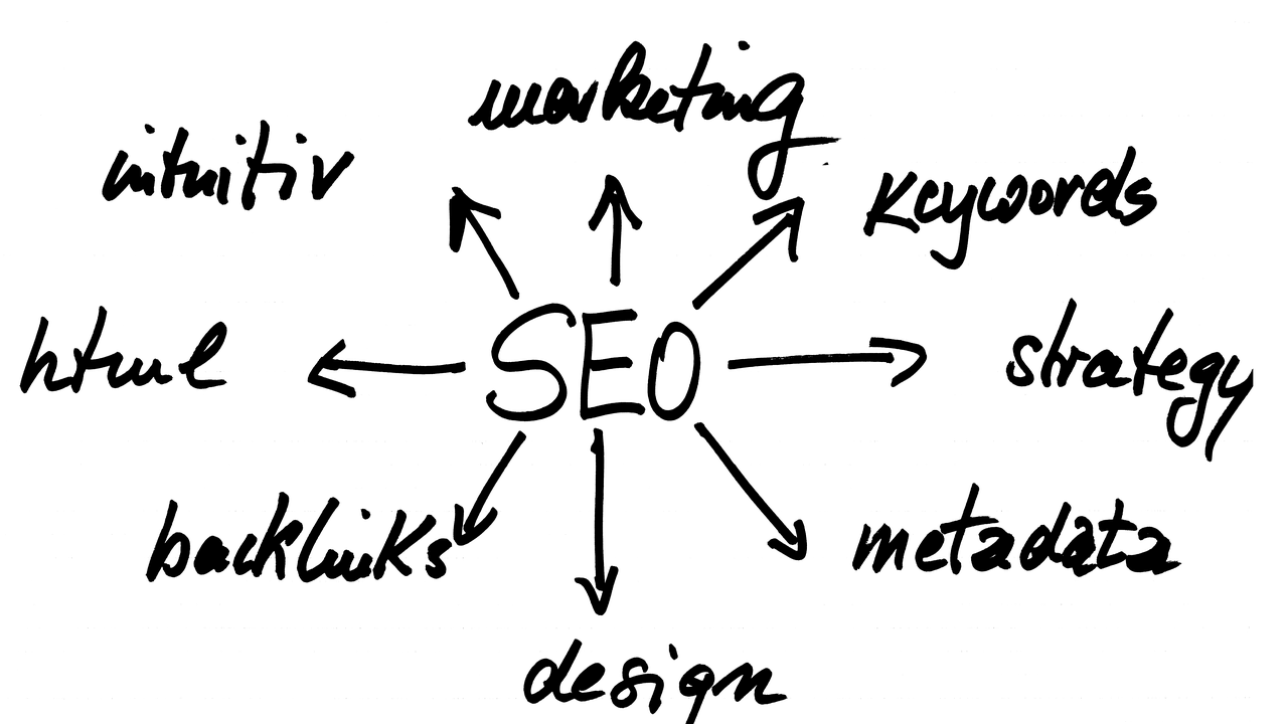Okay, so we’ve looked at the Hummingbird update, now it’s time for Google’s algorithm to karate chop his way through the door and explain himself!
Who or what is Panda?
Panda looks at tackling online issues such as plagiarism, keyword stuffing, spamming, thin content and duplication. The Panda Algorithm was named after a Google engineer named Navneet Panda (by Moz.com) who played a major role in the algorithm breakthrough. Initially, Panda acted like a filter with the aim to down score websites that were using black hat techniques. In 2016, Panda was integrated into the core algorithm, mainly because Google no longer expected to implement further updates to Panda’s functioning.
Why was the Panda algorithm implemented?
Some people may believe all they need is a website and some questionable and not so honest creativity to draw in customers. Businesses trying to function online will often have an interest in
ranking as highly as possible on search engines like Google. But, it’s the way we do this that matters to Google. Some individuals may have used techniques like keyword stuffing or plagiarism to build an online presence. However, since Panda has been on the scene website users like this, will find it difficult to function as now, these poor practices will influence their ranking.
Practices we need to avoid include, content farming which is all about writing, duplicating or plagiarizing short articles that explore many subjects, so Google believes that a website has the answers to a user’s queries thus sending us to a site that doesn’t have quality or useful content. This in turn leads neatly into the crack down on a lack of trustworthiness.
Websites that don’t have terms and conditions or privacy policies will be down scored by Panda. Make sure that your advert to content ratio is sensible and balanced is advised by Google. Other practices that Panda doesn’t like are:
- Mentions of deals or sales in titles but when you have accessed the website there is no mention of either.
- Website that have been reported or blocked by users will be down scored by Panda.
- Panda has a big issue with poor quality content that is littered with spelling mistakes and grammatical errors.
- The algorithm will pick up on high bounce rates, visitors who don’t come back and low click through rates.
- Panda really, really, really doesn’t like machine generated content software. This one is a big No.

What changes can be made to keep on the right side of Panda?
Whilst it is important for us to recognise the role Panda plays in quality controlling online content and practices there might be other reasons why you may have had a drop in organic traffic. It’s always good to take in the bigger picture and consider issues such as, the time or year, fluctuations in potential customers’ expenditure and an increase in like-minded business in your local area – your competition!
We have put together a few tips to keep on Panda’s good side and out of his little black book. Make sure you evaluate old content like articles, blogs and website information and quality control your future content ensuring it doesn’t have spelling mistakes. It’s worth it– you will be rewarded by Panda for producing high quality content.
Proactive Marketing Solutions suggest you try to get a HTTPS secure encryption to show Google that you are trustworthy. You can use tools like a plagiarism checker, such as Copyscape and spelling and Grammar software like Grammerly to support you in producing quality content.
What’s the point?
As we’ve suggested, Panda can impact on your ranking, which might make it harder for organic traffic to find you if you use poor practices and black hat techniques. Your Search Engine Optimisation (SEO) plan should be built on approaches that are deemed, by Google, as being positive and honest, such as a getting a secure encrypted website and producing quality content.
Google reward websites that give users a great on-site experience, add value and sites that are easy to navigate. Surely these are principles that you would want to work with? After all, my guess if Google would probably win the ranking war.

For additional support with ranking and SEO contact us today for expert guidance and support.









